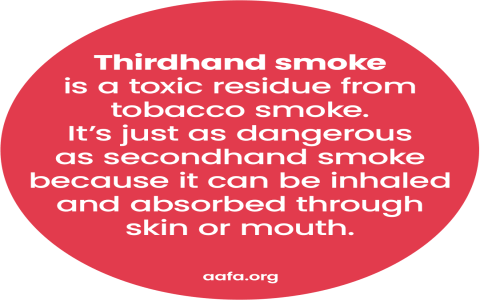Passive exposure to e-cigarette aerosol, often called secondhand vape, poses several health risks, particularly to vulnerable populations. Unlike traditional smoke, this aerosol contains ultrafine particles and various chemicals that bystanders inhale.
Key Dangers of Passive E-Cigarette Exposure
- Inhalation of Harmful Aerosols: Secondhand e-cigarette aerosol is not harmless “water vapor.” It contains ultrafine particles (UFPs) that penetrate deep into the lungs, carrying nicotine and other chemicals directly into the bloodstream of bystanders.
- Exposure to Nicotine: Bystanders absorb nicotine through inhalation, especially in enclosed spaces. Nicotine exposure is particularly harmful to children and adolescents, potentially impairing brain development, affecting attention, learning, and impulse control.
- Airborne Toxicants and Carcinogens: While typically at lower levels than combustible cigarettes, secondhand aerosol can contain volatile organic compounds (VOCs), heavy metals (like lead, nickel, tin), flavorings (some associated with lung damage – e.g., diacetyl), and traces of carcinogens such as formaldehyde and acetaldehyde. Chronic exposure risks are not fully quantified.
- Aggravation of Respiratory and Cardiovascular Conditions: Inhaling secondhand aerosol can irritate the eyes, nose, throat, and lungs. For individuals with asthma, COPD, or other respiratory diseases, it can trigger exacerbations, coughing, wheezing, and shortness of breath. It may also pose risks to those with cardiovascular disease.
- Particular Risk to Infants and Children: Children breathe faster than adults, increasing their relative exposure. Passive vaping is associated with increased risk of respiratory infections (like bronchitis), worsening asthma symptoms, and potential developmental impacts due to nicotine and other toxins. Exposure during pregnancy is also a significant concern.
- Contribution to Indoor Air Pollution: E-cigarette use significantly degrades indoor air quality by increasing particulate matter and chemical concentrations, creating an unhealthy environment for all occupants.
While the long-term effects of passive e-cigarette aerosol exposure require further study, the evidence clearly indicates it is not risk-free. Reducing exposure, especially for vulnerable individuals and in indoor environments, is crucial for public health.











